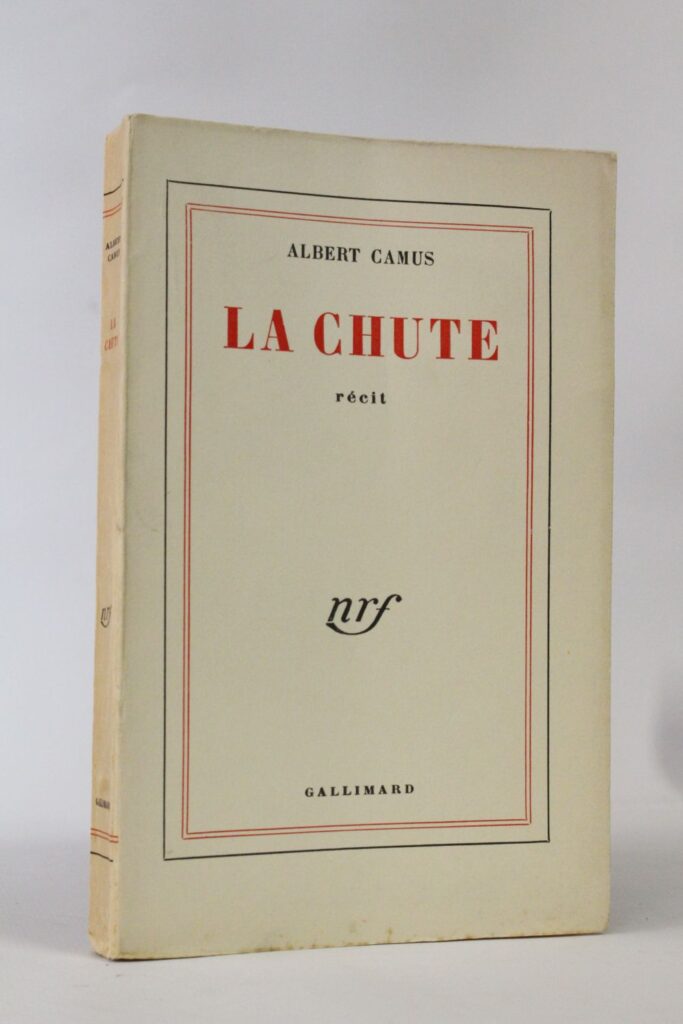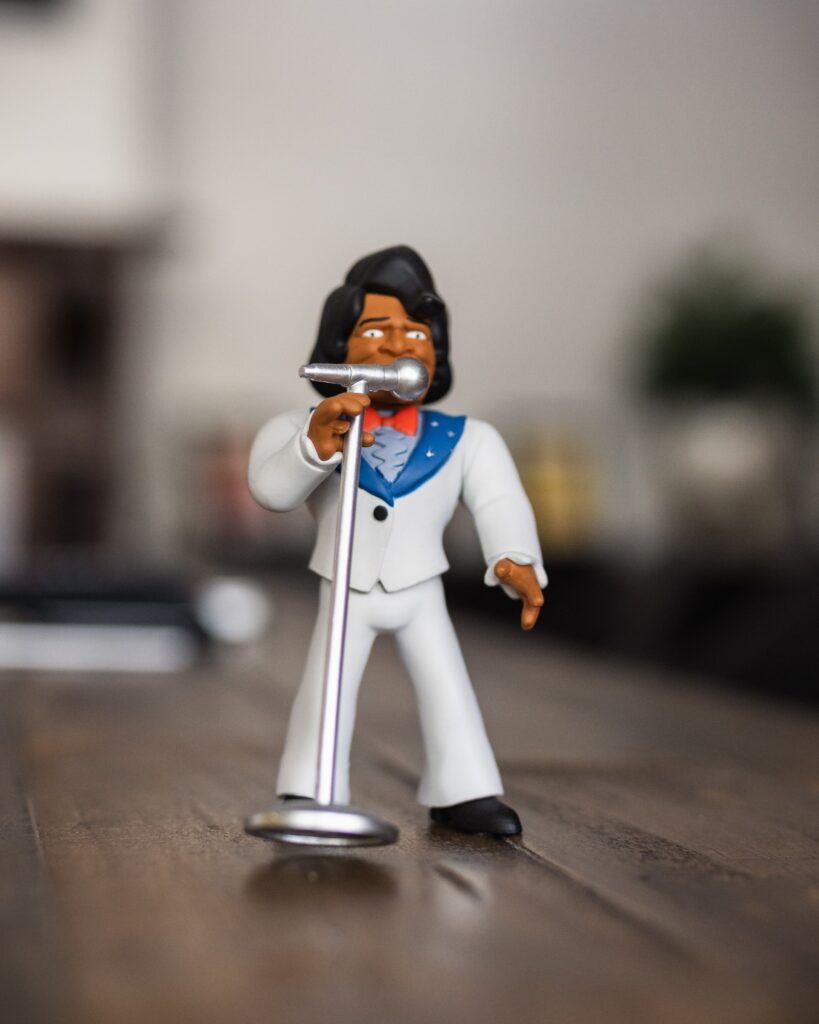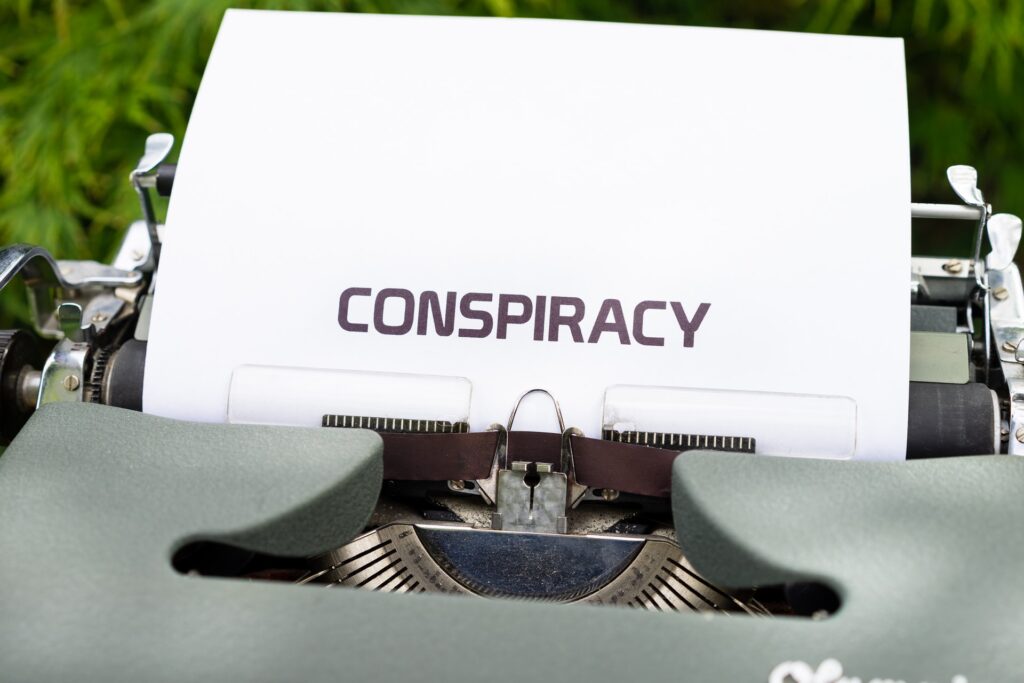Conspiracy and the Book of James
Reading Time: 10 minutes.
In the book of James, the writer reminds us that “every kind of beast and bird, of reptile and sea creature, can be tamed and has been tamed by mankind, but no human being can tame the tongue. It is a restless evil, full of deadly poison.”[1] Conspiracy cannot exist without tongues, nor can it be well-prosecuted without the tongues of co-conspirators, whose statements are not hearsay and thus admissible at trial if they satisfy the requirements of Fed.R.Evid. 801(d)(2)(E). Undercurrents of power surround those tongues, for both the prosecution and the defense. This paper offers notes from which the advocate may benefit when dealing with such tongues.
The prosecutor’s darling. For almost 100 years, a conspiracy charge has been known, in Judge Learned Hand’s memorable phrase, as “the darling of the modern prosecutor’s nursery.” Harrison v. United States, 7 F.2d 259 (2d Cir. 1925). As the prosecution of what we now recognize as “white-collar crime” blossomed in the last third of the 20thcentury, “conspiracy” took on greater and greater vitality both in jurisprudence and in the popular imagination. Perhaps nowhere in American criminal law outside of the RICO statute are the concepts of conspiracy and combination so powerful as in a criminal Sherman Act prosecution.
Why is this so?
Unlike street crime (or “blue-collar” crime), guilt in business-crime cases turns almost exclusively on intent. The same act may be lawful; or it may subject the actor to civil liability; or it may subject the actor to criminal exposure—the only difference being what the actor intended at the time. In street-crime cases, there may be defenses—alibi, duress, insanity, and the like— but there is rarely a dispute about whether or not a crime occurred: someone robbed the bank, operated the meth lab, or manufactured the child pornography. In a white-collar case, there is often no dispute about important facts: the contract was awarded, the check presented, the bookkeeping entry made. Because of the intent issue, however, there may be a great dispute about whether a crime has occurred at all. Is that check, for example, a lawful commission payment or an unlawful kickback?

To satisfy the intent requirement, the government needs cooperators who are also co-conspirators to explain the scheme and to detail what was in the conspirators’ minds. This observation holds true in all business-crimes prosecutions but is particularly apt for a criminal Sherman Act prosecution. Because normal, rational economic conduct can be misinterpreted as a criminal conspiracy, the Supreme Court has pointed out that great care must be taken to not make impermissible inferences in antitrust cases. Bell Atl. Corp. v. Twombly, 550 U.S. 544, 554 (2007); Monsanto v. Spray-Rite Serv. Corp., 465 U.S. 752, 759-765 (1984). One tool to avoid this misstep is the so-called James hearing. See United States v. James, 590 F.2d 575 (5th Cir. 1979). To appreciate a James hearing and its strengths, weaknesses, and alternatives, a brief evidence refresher is unavoidable.
Co-conspirators’ statements. Under Fed.R.Evid. 801(d)(2)(E), ‘a statement by a co-conspirator of a party during the course and in furtherance of the conspiracy is not hearsay,’ and is therefore admissible as substantive evidence against the party. (Co-conspirator statements are sometimes referred to incorrectly as an “exception” to the general prohibition on hearsay. The admissibility of co-conspirators’ statements is not an exception to the rule; rather, a properly grounded co-conspirator statement is substantively not hearsay). To be admissible, the district court must find by a preponderance of the evidence, Bourjaily v. United States, 483 U.S. 171, 175-76 (1987), that (1) a conspiracy existed; (2) the declarant and the defendant were both members of the conspiracy; and (3) the statement was made in the course of and in furtherance of the conspiracy. The rule expressly provides that the contents of the offered statement “shall be considered but are not alone sufficient to establish . . . the existence of the conspiracy and the participation therein of the declarant and the party against whom the statement is offered.” The third prong—“in the course of and in furtherance of the conspiracy”—has not been analyzed consistently across jurisdictions. The advocate should consult with care the state of the law applicable to his or her jurisdiction as well as any pattern instructions and instructions given in recent cases.
James hearing or provisional admission. There are two ways the court can make such a determination of admissibility: it can hold a James hearing pretrial or it can provisionally admit the evidence at trial on the condition that the party offering the evidence—usually, the government—will “connect it up” later in the trial through testimony or documents. If the court elects provisional admission, it may give an instruction to the effect that “the evidence with regard to the defendant is hearsay [which] should be treated with caution because it was not subject to cross-examination.”[2] Defendants invariably prefer a James hearing to provisional admission for obvious reasons: should the government fail to “connect it up”—that is, fail to prove an actual conspiracy pertinent to the out-of-court statement—the prejudice arising from the effect of the statement on jurors is impossible to remedy, although courts sometimes resort to cautionary instructions to disregard the statement. Such cautions do little or nothing to un-ring the bell. The statement’s “restless evil, full of poison” will already have done its work.[3]
Asymmetry of power. The poisonous power of co-conspirators’ statements is not simply an evidentiary matter. Rather, it reflects, at least in part, the asymmetric power of the government versus the defendant in criminal antitrust cases. That power asymmetry and its effect on plea bargaining and cooperating witnesses merits review.
Lord Acton (1834-1902), the English historian, famously said that “power tends to corrupt, and absolute power corrupts absolutely.” The ancients were equally suspicious: as Augustine noted, “[j]ustice being taken away, then, what are kingdoms but great robberies? For what are robberies themselves, but little kingdoms.”[4] The academic inventor of the concept of “white-collar crime” based his definition on the use of power through position: to him, “white collar crime” was committed by a group “composed of respectable or at least respected business and professional men.” Professor Sutherland’s observations from eighty years ago sound prescient: the wrongdoing of “present-day white-collar criminals” shows up in “investigations of land offices, railways, insurance, munitions, banking, public utilities, stock exchanges, the oil industry, real estate, reorganization committees, receiverships, bankruptcies, and politics.”[5]
Further, the definitional lines between policy conflicts, ethical transgressions, and criminal acts have become blurred over time for many reasons, including Congress’s habit of criminalizing unpopular behavior; prosecutors’ creativity; and instantaneous access to fragmented information through the Internet generally and social media in particular.
What do these little kingdoms and blurred lines mean for the government’s exercise of power in a criminal antitrust case and for a defendant’s advocacy in the face of that power?
Power and plea bargains. A critical aspect of government power is the plea-bargain, which one can readily observe in the annual statistics reflecting the percentage of criminal cases resolved by plea rather than by trial. When a defendant enters a plea in federal court, the judge asks him or her questions about the defendant’s acknowledgment of guilt. This process is called a “colloquy” under Rule 11 of the Federal Rules of Criminal Procedure. The court must assure itself that “there is a factual basis for the plea” and that “the plea is voluntary and did not result from force, threats, or promises (other than promises in the plea agreement).”
But in a system where, as United States District Court Judge Jed Rakoff puts it, “it is the prosecutor, not the judge, who effectively exercises the sentencing power, albeit cloaked as a charging decision,” what constitutes “force”? Who defines “threats”? Further, a plea often comes with a government price-tag known as “cooperation.” The Economist magazine made a similar point about prosecutors-on-steroids and “cooperating” witnesses in The kings of the courtroom: How prosecutors came to dominate the criminal-justice system:
Another change that empowers prosecutors is the proliferation of incomprehensible new laws. This gives prosecutors more room for interpretation and encourages them to overcharge defendants in order to bully them into plea deals, says Harvey Silverglate, a defence lawyer. Since the financial crisis, says Alex Kozinski, a [former] judge, prosecutors have been more tempted to pore over statutes looking for ways to stretch them so that this or that activity can be construed as illegal. “That’s not how criminal law is supposed to work. It should be clear what is illegal,” he says.
The same threats and incentives that push the innocent to plead guilty also drive many suspects to testify against others. Deals with “co-operating witnesses”, once rare, have grown common. In federal cases an estimated 25-30% of defendants offer some form of co-operation, and around half of those receive some credit for it. The proportion is double that in drug cases. Most federal cases are resolved using the actual or anticipated testimony of co-operating defendants.
Co-operator testimony often sways juries because snitches are seen as having first-hand knowledge of the pattern of criminal activity. But snitches hoping to avoid draconian jail terms may sometimes be tempted to compose rather than merely to sing.[6]
Power and perception. As Robert Mitchum’s character said in The Friends Of Eddie Coyle (1973): “If I give you this, I can’t do no time.” In both the novel by the late Boston-based novelist and one-time Assistant United States Attorney George V. Higgins (1939 – 1999) and in the movie, Eddie is a worn-out cooperator. In popular culture, business-crime is presented cartoon-fashion. In movies, on television, or in novels, businesspeople who are corporate targets of government investigations come across as Snidely Whiplashes with French cuffs. In an inflationary era, this presentation of supposed price-gougers and their smoked-filled-room conspiracies is inevitable. Yet, as Eugene Soltes of Harvard Business School has argued, our common way of thinking about white-collar crime is often wrong.[7] Only rarely, if ever, do white collar defendants engage in a dry cost-benefit analysis before acting. Rather, multiple factors conspire to lead one to potentially offend.
Power and the presumption of guilt. If plea-bargaining and press-ganged cooperation are two legs of the devil’s stool for criminal antitrust defendants, the third leg is the evaporation of the “presumption of innocence.” This presumption that we learn about in civics class has been translated into a presumption of guilt. Most citizens, most of the time, believe that when a person or company is charged with a criminal offense, they are guilty (or at least guilty of something pretty close to the charged offense).
In real life, in a real antitrust criminal prosecution—indeed, in any white-collar prosecution of an individual—how does one tell a client to not put very many eggs in the presumption-of-innocence basket?
To a businessperson or a professional, one might say something like this:
“Imagine that you’re at breakfast one morning and see a news item. The news item says that someone has been arrested and charged with running a meth lab. To the extent you think about it at all, what do you think? You think the guy’s most likely guilty and was in fact running a meth lab, or do you think that he’s most likely innocent and is being falsely charged?”
Pause, watch it sink in, and go on:
“Now, consider the guy who runs the meth lab. He sees a news item at breakfast that a banker has been charged with fraud; or a doctor has been charged with taking kickbacks; or a defense contractor has been charged with false billing. To the extent he thinks about it all, does he think that the banker or the doctor or the defense contractor is most likely innocent or most likely guilty?”
“Most likely” is not, technically speaking, the burden of proof in a criminal case. A discussion about the presumption of innocence cannot meaningfully proceed, however, without an appreciation of a common event: jurors do not really apply (and often do not even understand) the “beyond a reasonable doubt” standard.
Power, narrative, and knowledge. Rather, jurors apply what one might call a “preponderance plus” standard. By “preponderance plus,” one means that many jurors apply the “more likely than not” standard used in civil cases, and then they tighten it. In everyday conversation, we and they use a “most likely” standard constantly, and the words mean something. On the other hand, when was the last time you used the phrase “beyond a reasonable doubt” outside of a legal discussion?
Self-knowledge and mercy over oppression. So what, if anything, is to be done? If nothing else, the advocate—especially when dealing with co-conspirators’ statements—must relay in plain English the defense theory of the case so that the jury may understand the statements in an accurate context. If the defense vocabulary begins to guide the courtroom narrative about power early, it can have beneficial effects on everything from jury selection to jury instructions. As science fiction novelist Philip K. Dick noted: “If you can control the meaning of words, you can control the people who must use the words.”[8]

Perhaps the tonic needed is the self-knowledge articulated by Clamence, the protagonist of Albert Camus’s The Fall (1956): “I was a lawyer before coming here. Now, I am a judge-penitent.” Clamence judges himself:
The truth is that every intelligent man, as you know, dreams of being a gangster and of ruling over society by force alone. As it is not so easy as the detective novels might lead one to believe, one generally relies on politics and joins the cruelest party. What does it matter, after all, if by humiliating one’s mind one succeeds in dominating everyone? I discovered in myself sweet dreams of oppression.

Or better yet, as the author of the book of James reminds us, “justice is without mercy to one who has shown no mercy. Mercy triumphs over judgment.”[9]
[1] James 3:7-8.
[2] 5 JACK B. WEINSTEIN & MARGARET A. BERGER, WEINSTEIN’S FEDERAL EVIDENCE 801.34[6][c] at 801-98.2-112.
[3] A mistrial may be necessary. See, e.g., United States v. Geaney, 417 F.2d 1116, 1120 (2d Cir. 1969).
[4] Augustine, The City of God.
[5] Edwin Sutherland, “White-Collar Criminality,” American Sociological Review 5:1–12 (February 1940).
[6] “The kings of the courtroom,” Economist (October 4, 2014), available at https://www.economist.com/united-states/2014/10/04/the-kings-of-the-courtroom?fsrc=scn%2Ftw_ec%2Fthe_kings_of_the_courtroom.
[7] Eugene Soltes, Why They Do It: Inside the Mind of the White-Collar Criminal (Public Affairs 2016).
[8] Philip K. Dick, “How to Build a Universe That Doesn’t Fall Apart Two Days Later,” in I Hope I Shall Arrive Soon (New York: St. Martin’s Press 1985).
[9] James 2:13.



